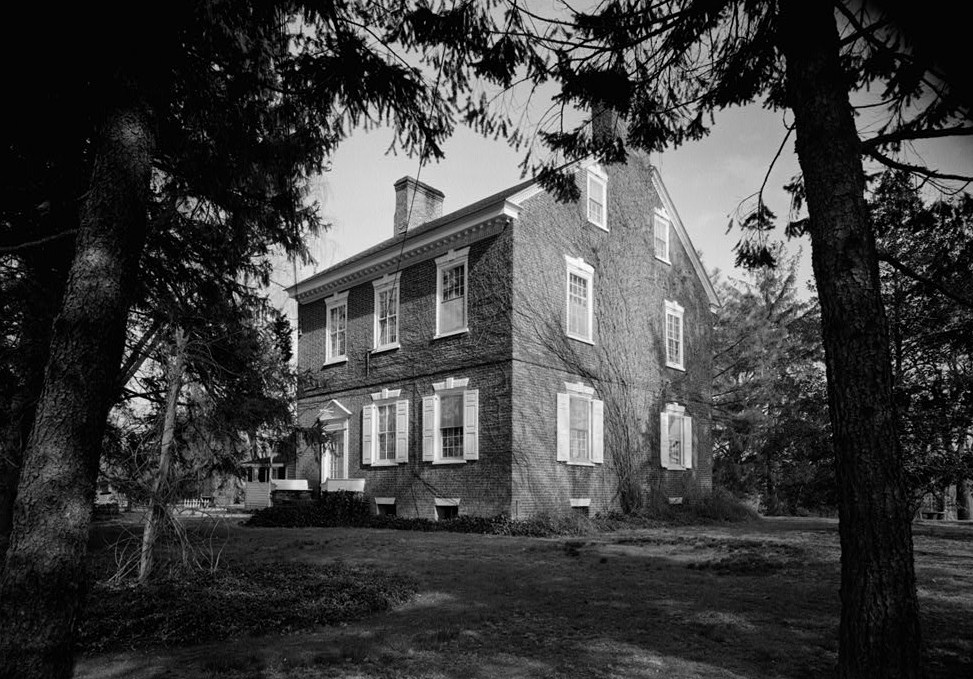Historical Significance
Built in 1790 by James Douglass, the house called Mordington Mills was a place of enslavement and escape in central Kent County near the town of Frederica, Delaware. This mill seat was developed near present-day McCauley’s (aka McColley’s) Pond. The house was constructed in an elegant Georgian style that indicated the wealth of the Douglass family in the late 18th century. It was such an appreciated piece of architecture in the state that it was documented by the Historic American Building Survey in 1934 and was one of the first properties listed in the National Register of Historic Places when the State of Delaware joined the national preservation program in 1972.
Documentation for enslavement at the property includes two descriptive “runaway” ads, and a story passed down about the death of an enslaved young woman at the mansion. Two ads placed by James Douglass in the “Delaware Gazette” document two individuals who took their freedom at the end of the 18th century. An ad placed January 4, 1796 documented Ben’s disappearance and his possible path to freedom. The ad stated, “He took his flight upwards from hence at the commencement of the harvest, it is presumed he was persuaded to take that advantageous time for traveling, either by free negroes or white emancipators of slave negroes, who are too numerous in this quarter for the good of the community…” “Should he not be in Philadelphia, he is probably between here and there.” On March 23rd, 1799, Douglass placed another ad for the return of Will, a 19 year-old freedom seeker who grew up at Mordington Mills and was a worker at the mill. He took a small flat bottom boat, called a bateau, and made his escape.
The National Register nomination for the property recounts the story of a young enslaved woman who jumped to her death from the third story attic window after being “unjustly punished.” A more thorough history of the property, including more detailed research into later property owners, would likely lead to a more thorough understanding of the role enslaved labor played in the generation of wealth at this property.


